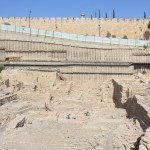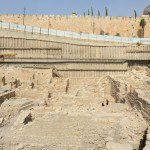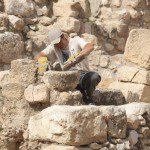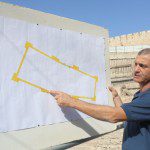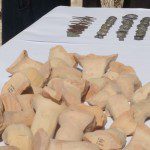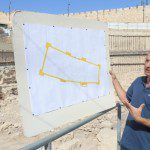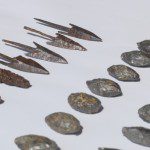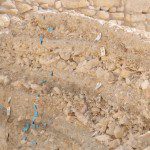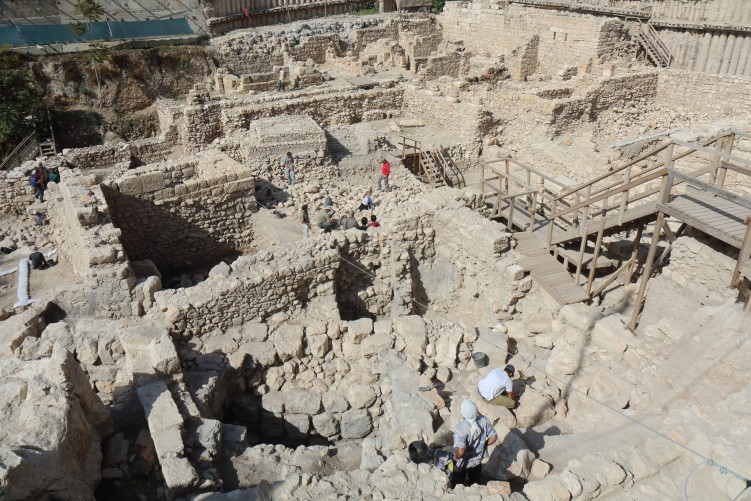
Jerusalem Excavation Solves a 100-Year-Old Mystery
Israel Antiquities Authority researchers believe they have found the remains of the Acra fortress, which the Greeks used to control the Jewish Temple more than 2,000 years ago.
Recently discovered fortifications in the Givati Parking Lot Excavations in the City of David, the original center of Jerusalem, are believed to be part of the defenses constructed atop the City of David hill during the reign of Antiochus IV Epiphanes (164-215 BCE).
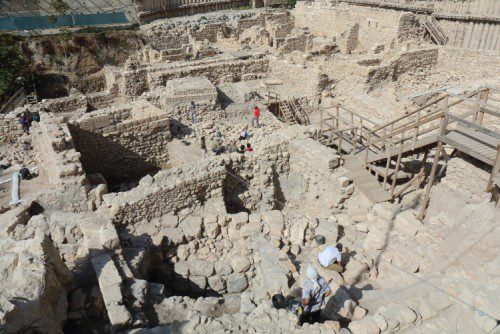 “The location of the Hellenistic Acra is one of the most puzzling mysteries that archaeologists in more than 100 years of excavations failed to solve, and today we are giving a good answer to the question, which is very exciting,” Dr. Doron Ben Ami, Head of the Givati Excavation told TPS (Tazpit Press Service).
“The location of the Hellenistic Acra is one of the most puzzling mysteries that archaeologists in more than 100 years of excavations failed to solve, and today we are giving a good answer to the question, which is very exciting,” Dr. Doron Ben Ami, Head of the Givati Excavation told TPS (Tazpit Press Service).
The Acra stronghold controlled all means of approach to the Temple Mount, and cut the Temple off from the southern parts of the city.
In recent months, the excavation revealed a complicated fortification system which includes a massive wide city wall, a base of a tower of impressive dimensions (width c. 4m, length c. 20m), and a large glacis (an artificial slope used to keep attackers away from the wall) that stretches all the way down to the Tyropoeon Valley.
“The Givati Excavation has been going for almost a decade and has yielded countless findings, but I think this is the most exciting discovery of all,” he reflected.
Additional findings, including slingstones, warheads and catapult stones, are the silent remains of battles that were waged there at the time of the Hasmoneans in their attempt to conquer the citadel which was viewed as a ‘thorn in the flesh’ of the city.
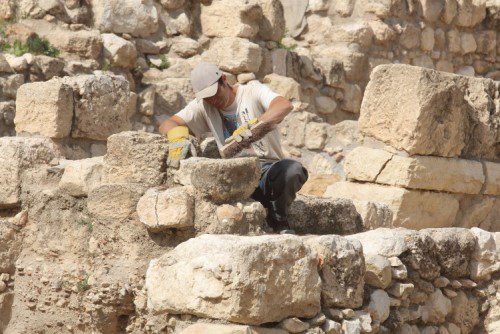 “Together with previous findings nearby, this lets us reconstruct the fortress that housed the upper part of the City of David,” Ben Ami told TPS. “This is part of the Hellenistic Acra, which is well documented in various historical sources.”
“Together with previous findings nearby, this lets us reconstruct the fortress that housed the upper part of the City of David,” Ben Ami told TPS. “This is part of the Hellenistic Acra, which is well documented in various historical sources.”
The Book of Maccabees, as well as the historian Josephus Flavius, locate the Acra within the City of David:
“And they built the city of David with a great and strong wall, and with strong towers, and made it a fortress [Greek: Acra] for them.” [1 Maccabees 1:35-38]
The fortification’s mighty defenses withstood all attempts of conquering it, and it was only in 141 BCE, after a prolonged siege and the starvation of the Greek garrison within the Acra that Simon Maccabeus was able to force its surrender.
The site will open to the public on Hanukkah in December 2015. The Ir David (Elad) Foundation will arrange organized tours in the site, in which visitors will be able to explore the exciting findings themselves.
